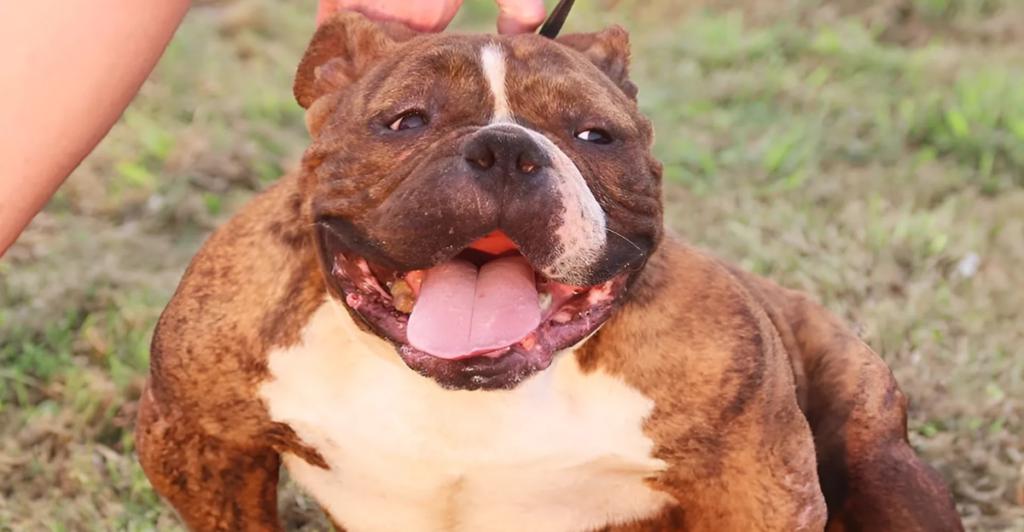
Dogs have been part of human history for centuries, and while many breeds have ancient roots, some of today’s most popular dogs didn’t even exist a century ago. Thanks to modern breeding practices, new breeds have emerged, each with distinct characteristics and personalities.
1. Spanish Water Dog
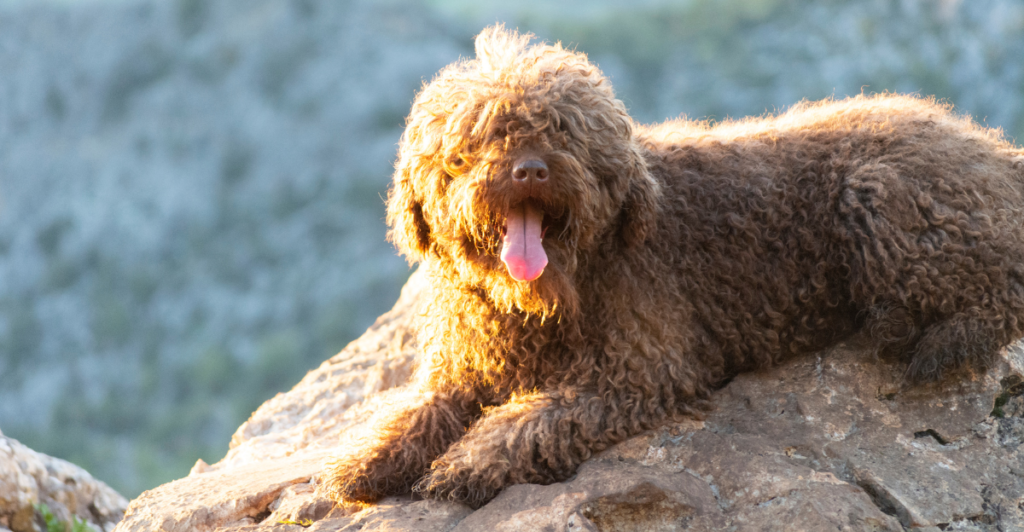
Having only been formally recognized in the 20th century despite its roots stretching back centuries. Initially used for herding and waterfowl hunting in Spain, this versatile working dog has only gained widespread popularity in recent decades. “This rustic charmer is a lively family companion and vigilant watchdog,” according to the AKC.
2. Boerboel
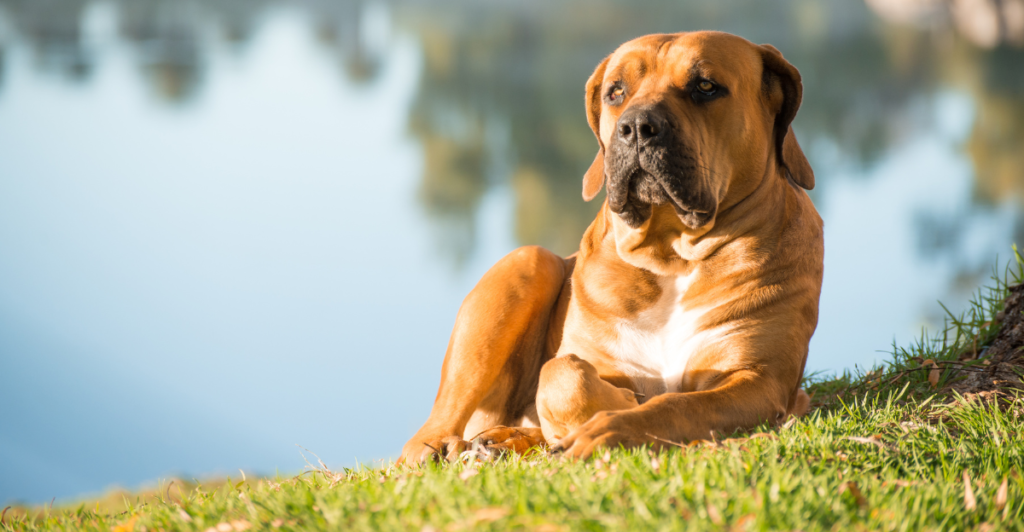
This is a powerful and protective breed, developed in South Africa in the last century. While its ancestors, large mastiff-type dogs, were used by early settlers to guard farms and livestock, the Boerboel as we know it today wasn’t officially recognized until the late 20th century. The Boerboel might be intimidating, but they make good family friends.
3. American Hairless Terrier
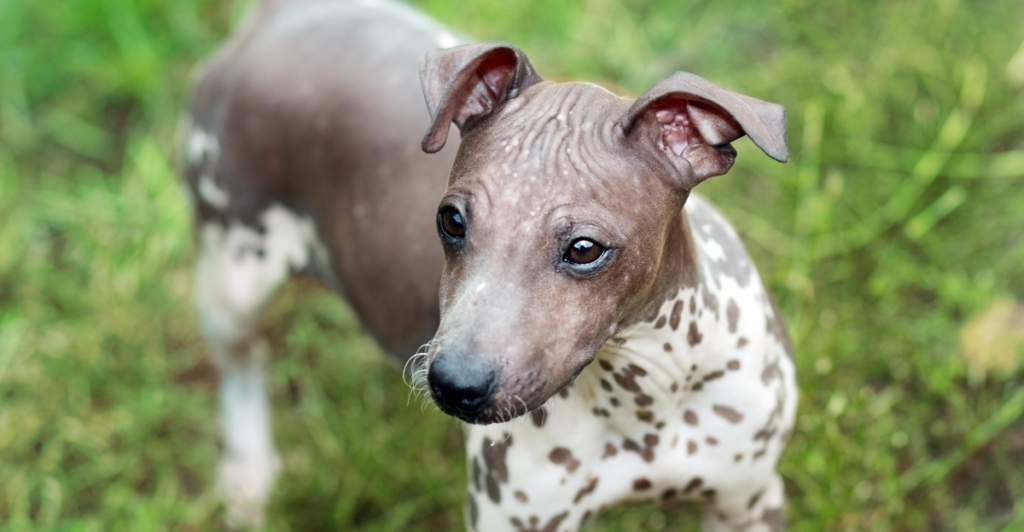
Developed in the 19th century from the Rat Terrier, the American Hairless Terrier is most notable for its hairless coat, though some puppies may have a slight coat or be coated altogether. Originally bred to be a hypoallergenic companion and hunting dog, the American Hairless Terrier is intelligent, energetic, and social, making it a great family pet.
4. Miniature American Shepherd
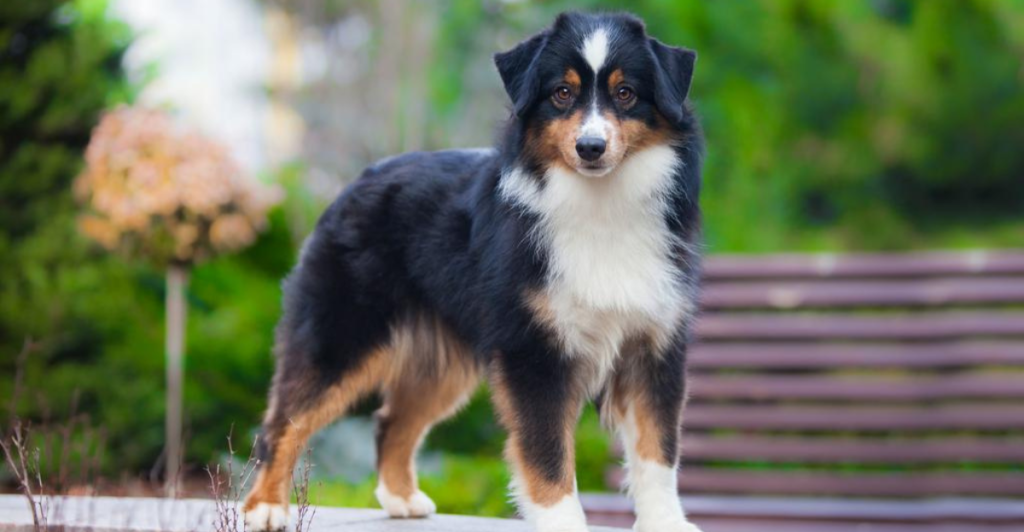
These dogs are a smaller version of the Australian Shepherd, developed in the 1980s and officially recognized by the American Kennel Club in 2015. Despite its size, this breed possesses the same high energy, intelligence, and work ethic as its larger counterpart, making it perfect for active families or individuals who need a dog that thrives on mental stimulation and physical exercise.
5. Lagotto Romagnolo
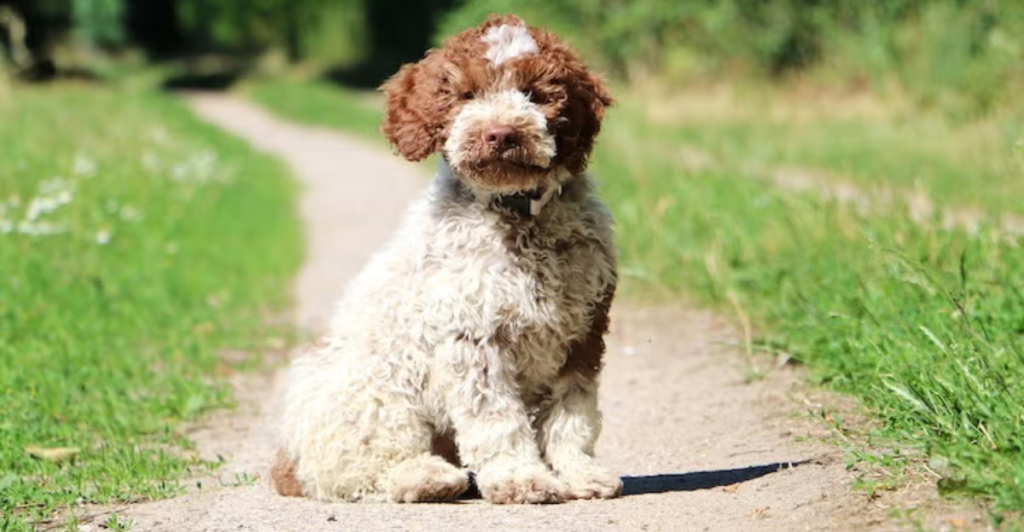
Originating from the Romagna region of Italy, this dog was historically used as a water retriever and, more recently, has become renowned for its exceptional truffle-hunting abilities. They have a distinctive curly coat, which helps protect them in rough terrain and cold waters, and it’s one of their most defining features. Despite its ancient roots, the FCI only officially recognized the breed in the 1990s and AKC in 2015.
6. Coton de Tulear
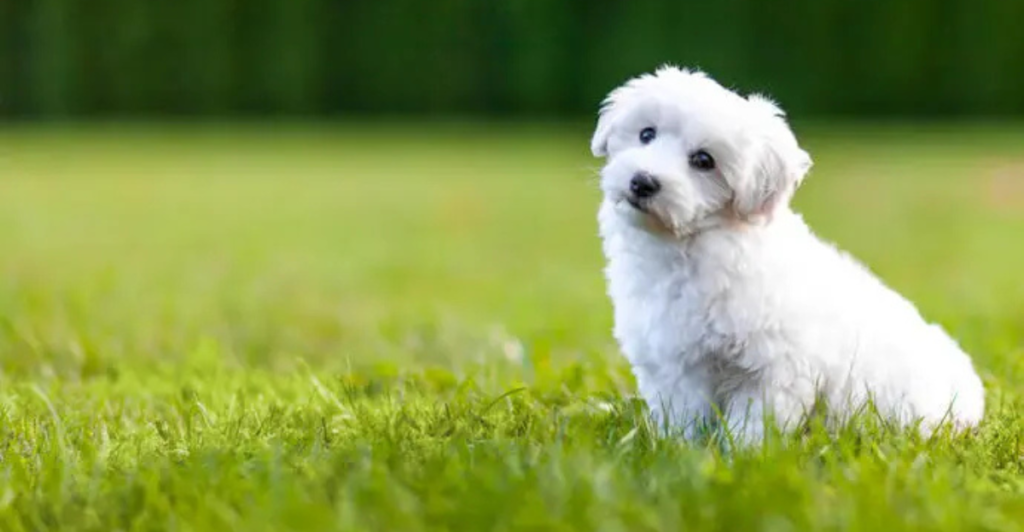
Hailing from Madagascar, the Coton de Tulear’s name comes from its cotton-like, fluffy coat that is soft to the touch, making it a standout among small dog breeds. Initially bred as a companion dog for royalty and affluent families, this breed was nearly lost to history before being revived in the 20th century.
7. Chinook
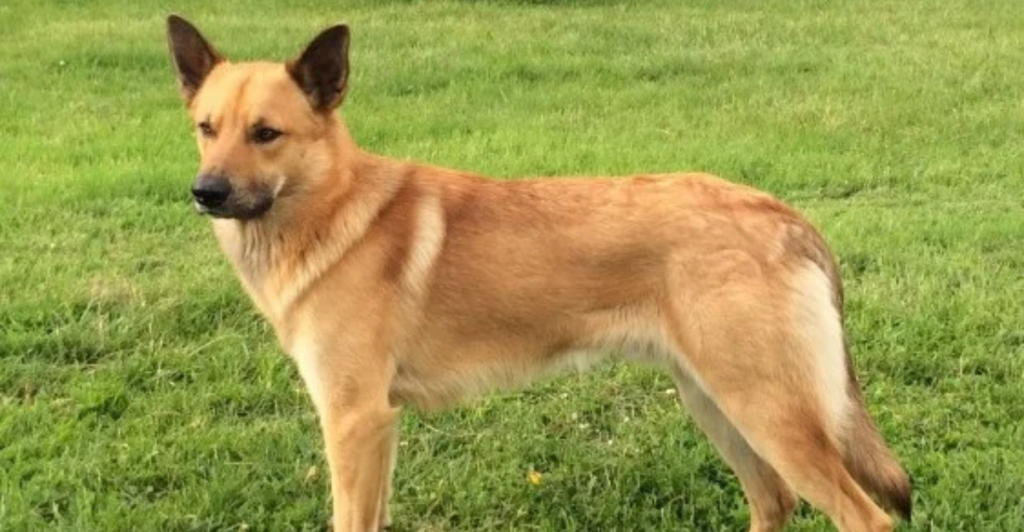
Developed in the 1920s by Arthur Walden in New Hampshire, the Chinook was bred as a sled dog capable of handling harsh winter conditions. The AKC says, “Chinooks are calm, people-oriented dogs with a special feel for children.”
8. Cesky Terrier
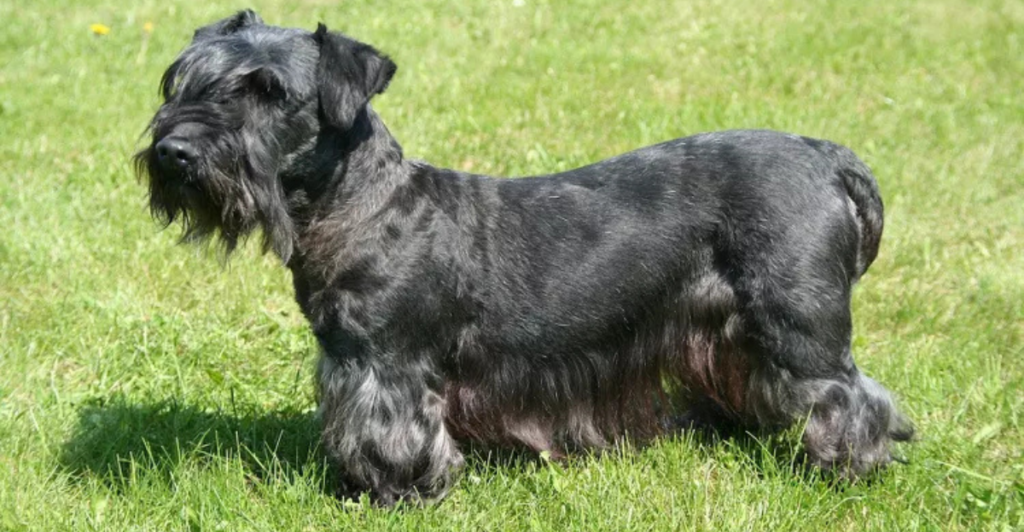
The Cesky Terrier was developed by crossing the Scottish Terrier with the Sealyham Terrier to create a breed that was both a skilled hunter and a gentle, affectionate companion. The Cesky Terrier is less aggressive than many other terriers, making it an excellent option for families.
9. Finnish Lapphund
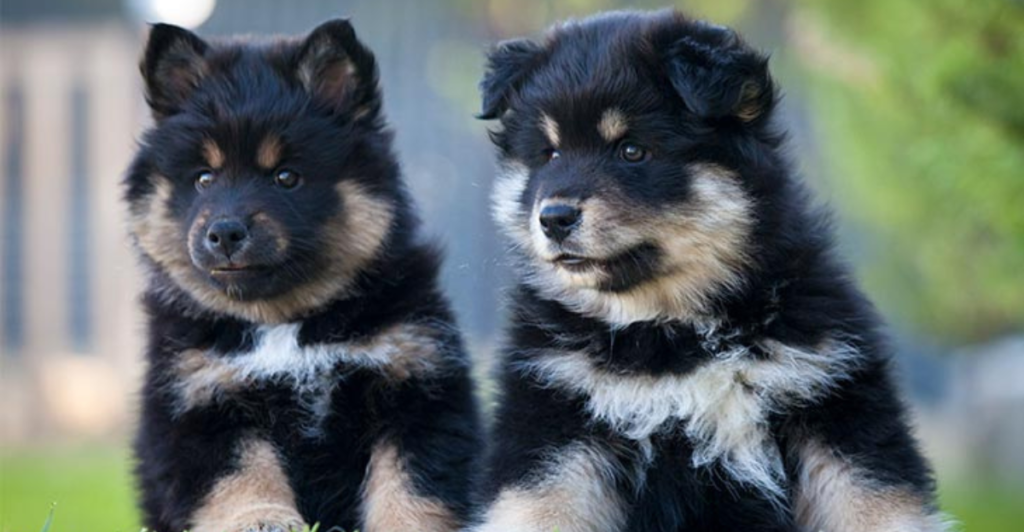
Traditionally used by the Indigenous Sámi people of Finland for herding reindeer, the Finnish Lapphund’s development was influenced by the need for a strong, resilient, and agile dog that could thrive in the harsh Arctic conditions. The Finnish Lapphund is an excellent companion for active families and those looking for a dog with a great work ethic and gentle disposition.
10. Cane Corso
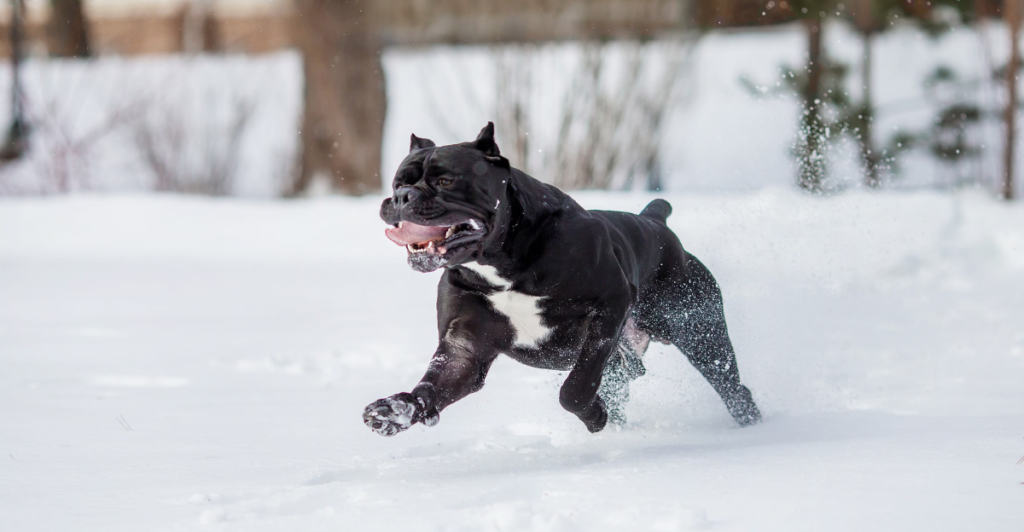
This Italian breed originally descended from Roman war dogs, was used for guarding, hunting, and working livestock. However, by the early 20th century, the Cane Corso had nearly vanished, with only a few remaining dogs in rural parts of Italy. The breed saw a resurgence in the 1970s when dedicated breeders worked to revive and standardize its traits.
11. Irish Red And White Setter
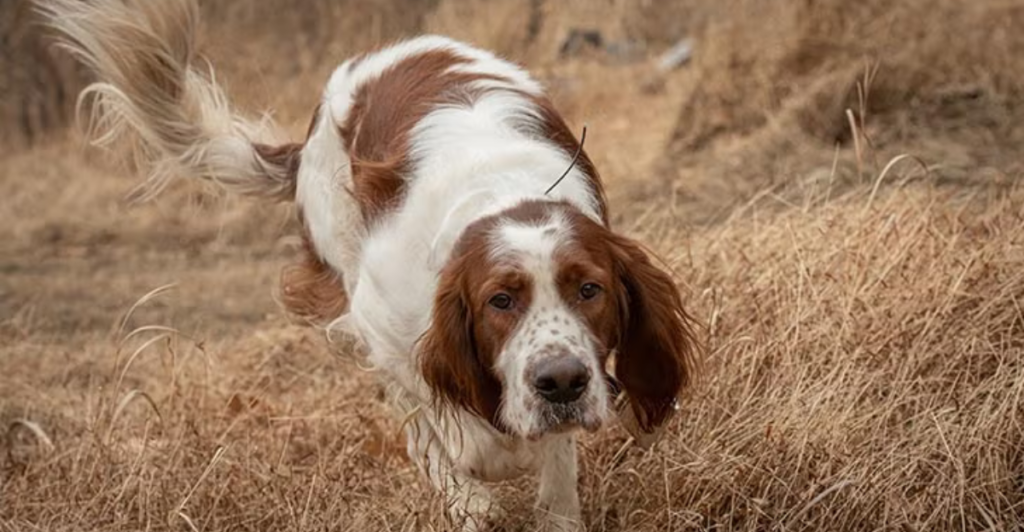
This breed, which shares its roots with the Irish Setter, was once widely popular for hunting and bird flushing. However, over time, the red-coated Irish Setter overshadowed its red-and-white counterpart, and the Irish Red and White Setter became nearly extinct by the early 20th century. It wasn’t until the 1980s that dedicated breeders began to bring this elegant and hardworking breed back into the spotlight.
12. Tibetan Mastiff
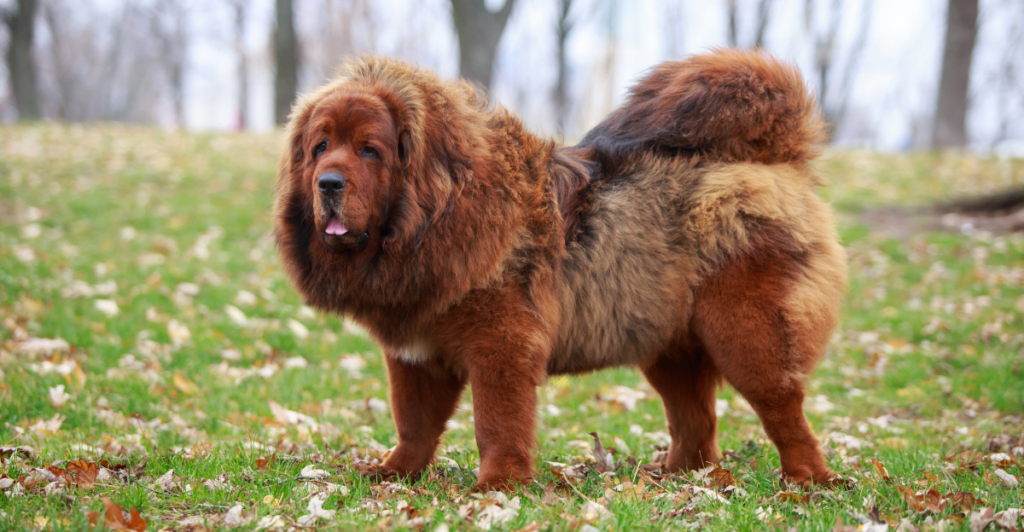
This breed was traditionally used by nomadic cultures in Tibet to guard livestock against predators like wolves and bears. Though the ancestors of the Tibetan Mastiff have been around for centuries, the modern version of the breed, as we know it today, was not fully recognized until the late 20th century. They are well known for their loyalty, independence, and protective instincts.
Discover more of our trending stories and follow us to keep them appearing in your feed

100 Years Ago, These Dog Breeds Looked A Little Different
Top 10 Dog Breeds Trainers Refuse To Work With For Any Price
California Is Breaking Apart: A Fault Line Is Forming Faster Than Anyone Predicted
The War on Cows Is Over—And Green Extremists Have Lost
References:
Reference 1
This article first appeared here
Stay connected with us for more stories like this! Follow us to get the latest updates or hit the Follow button at the top of this article, and let us know what you think by leaving your feedback below. We’d love to hear from you!







